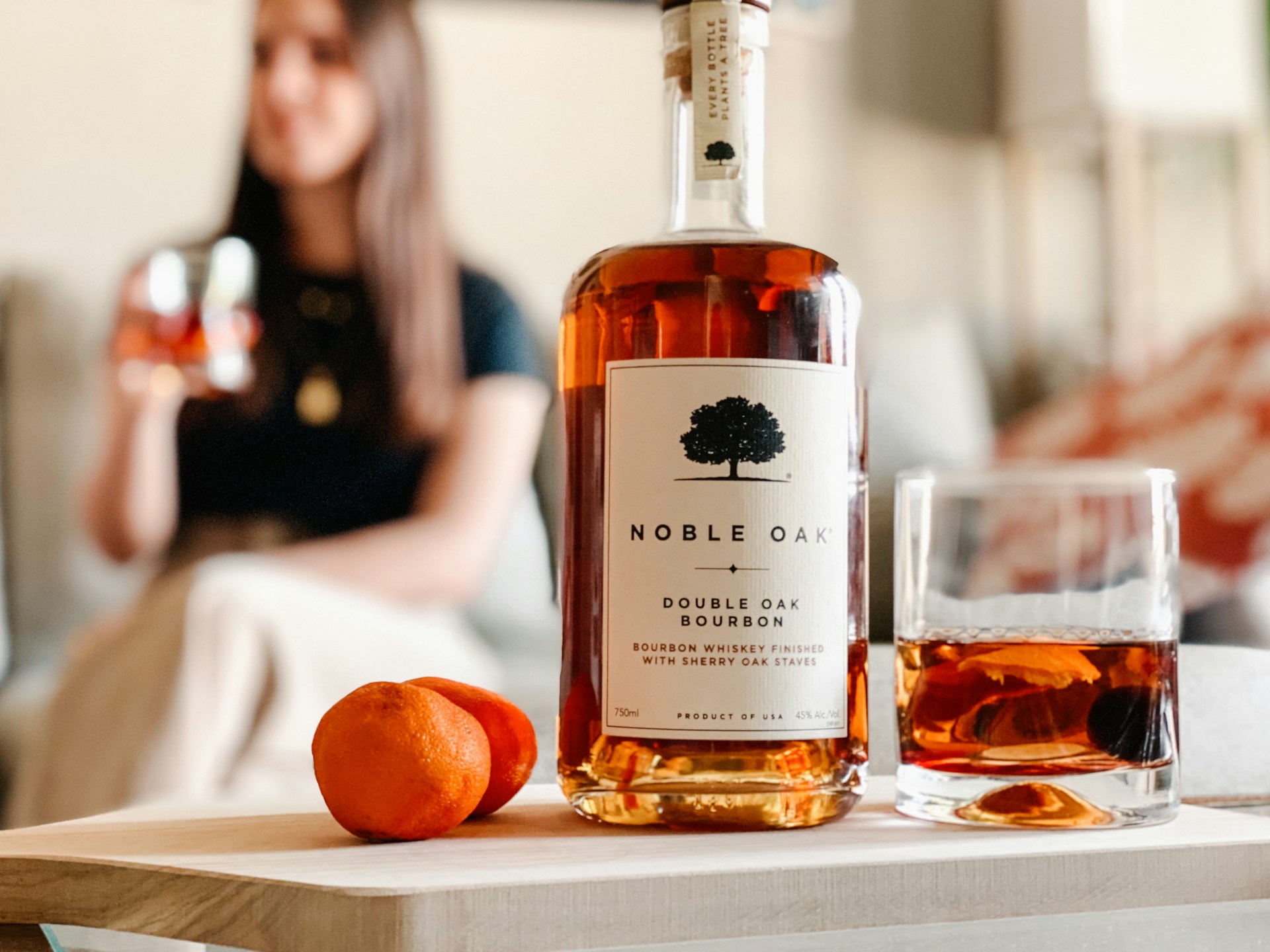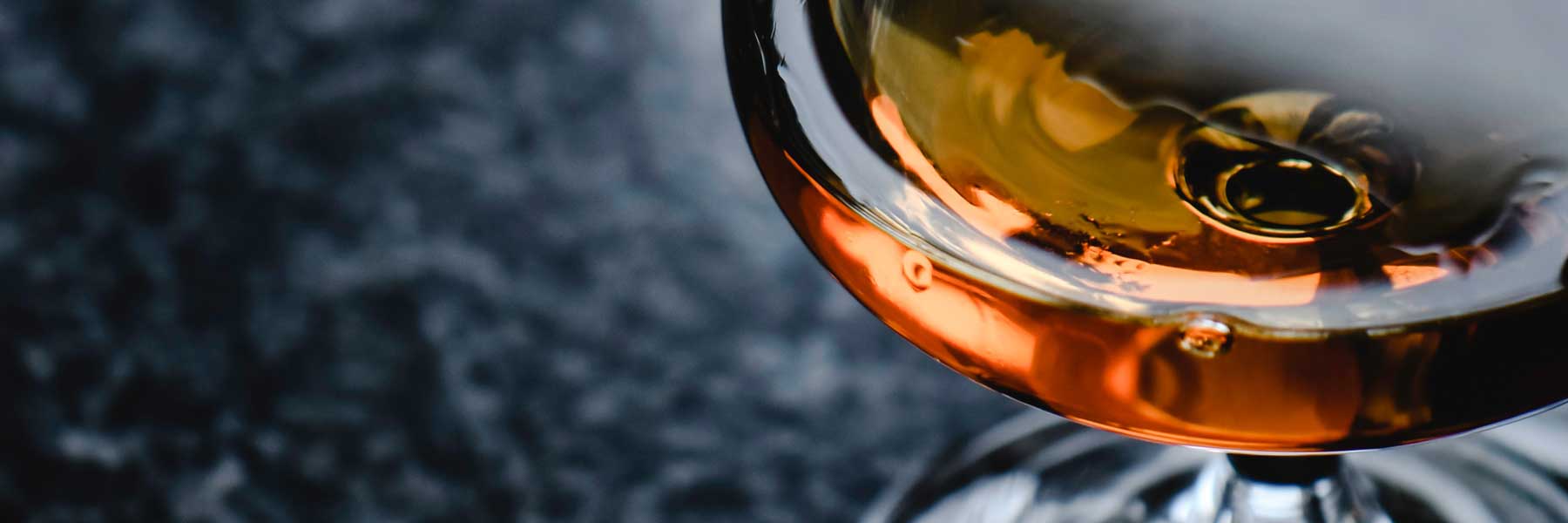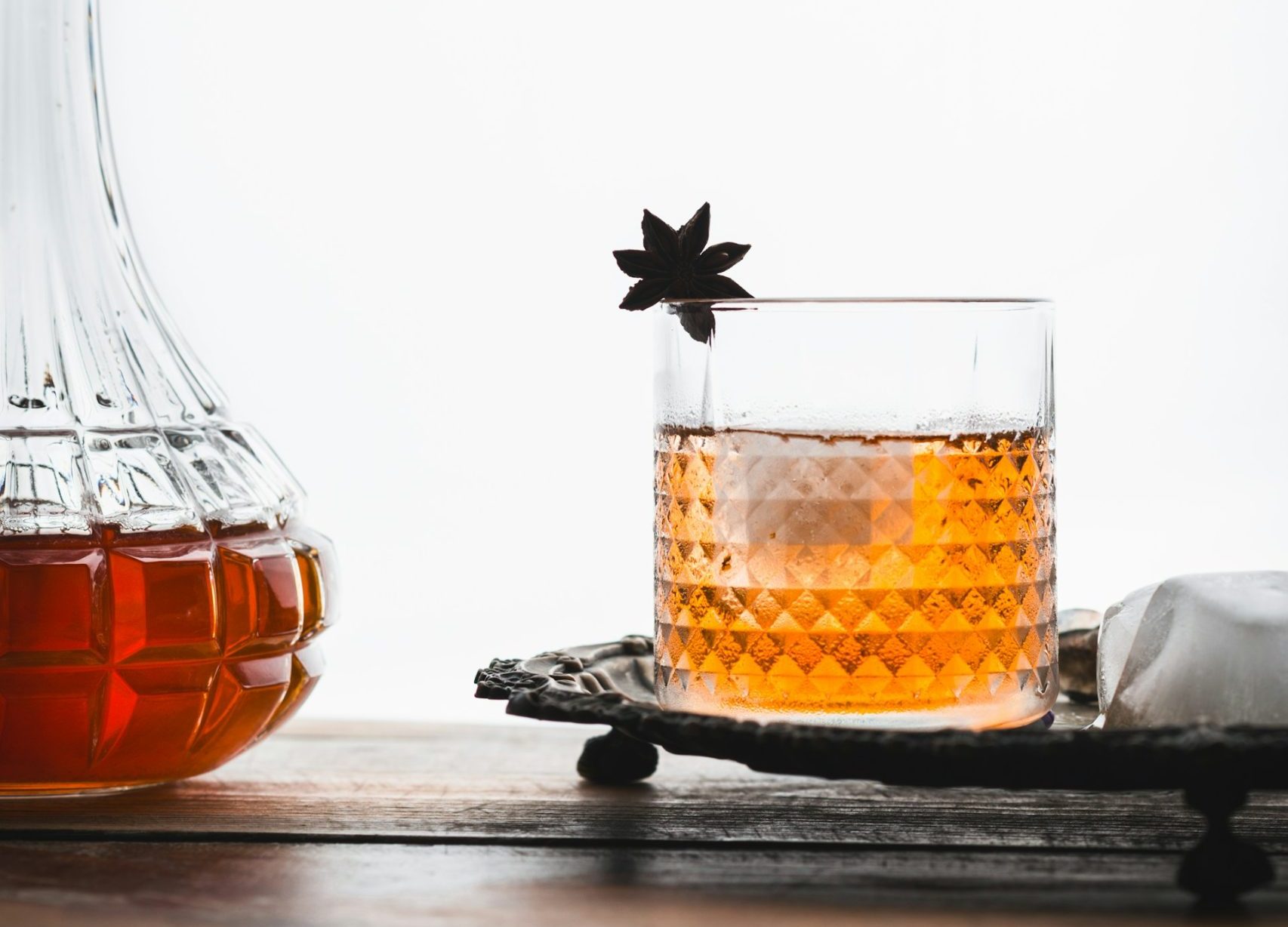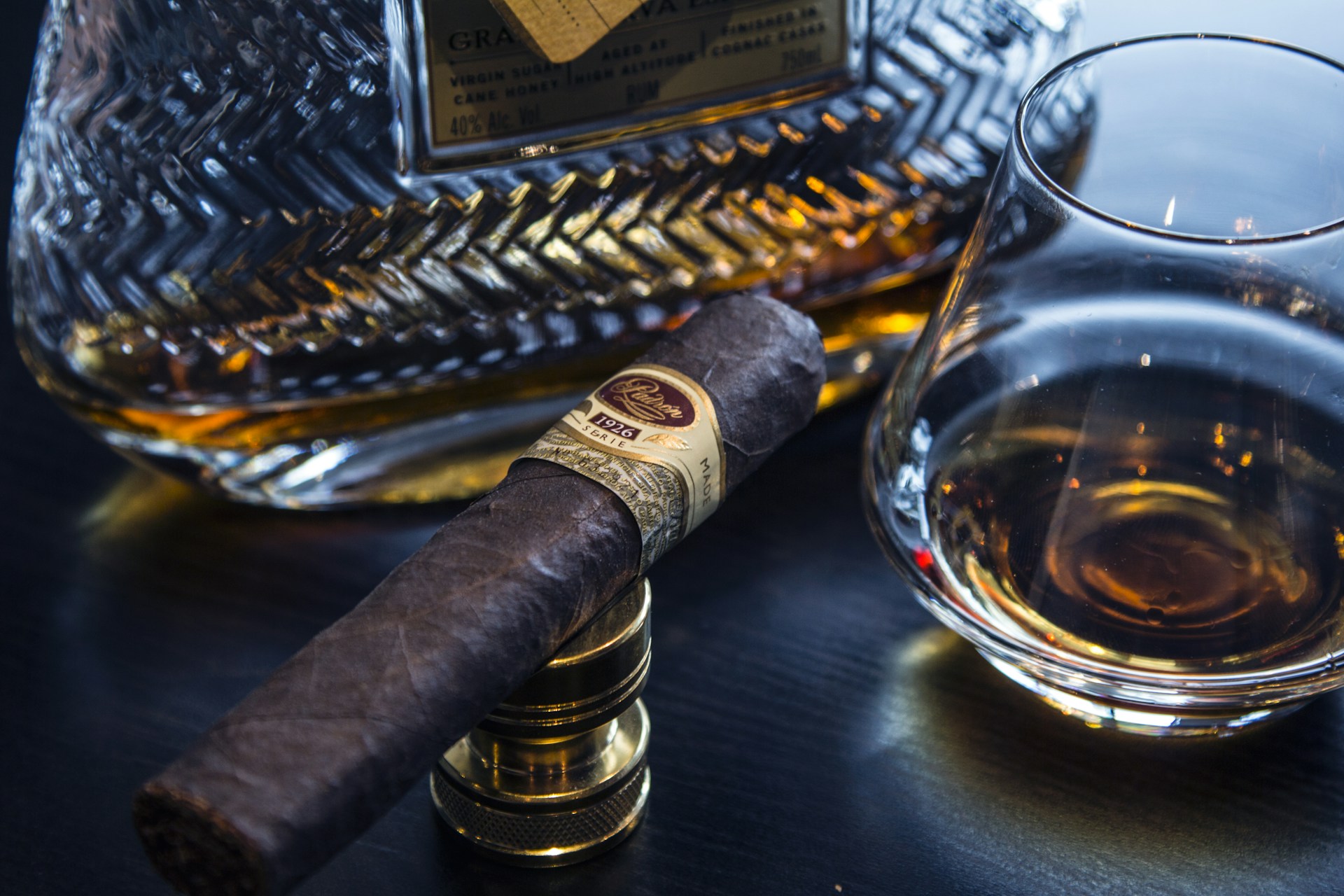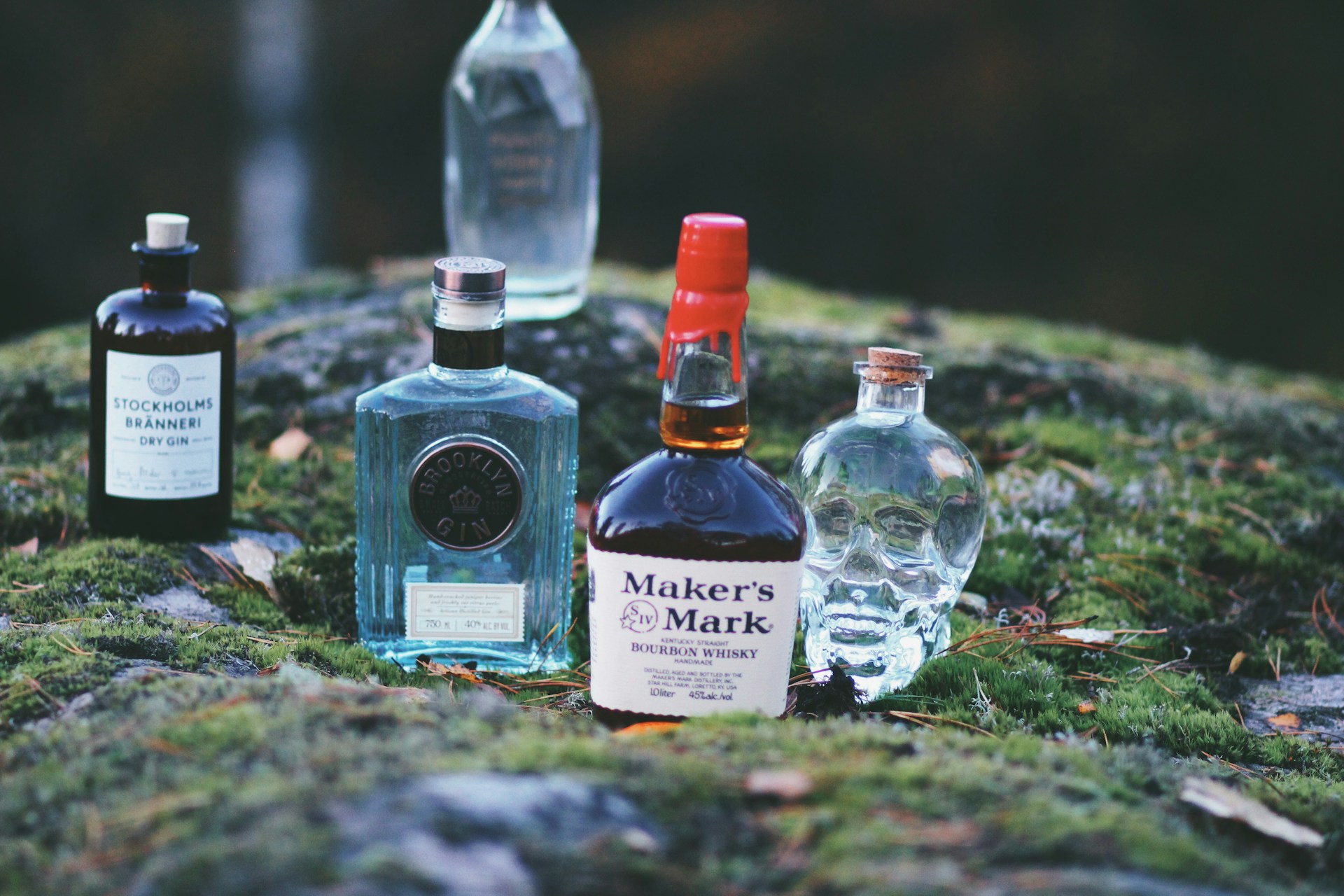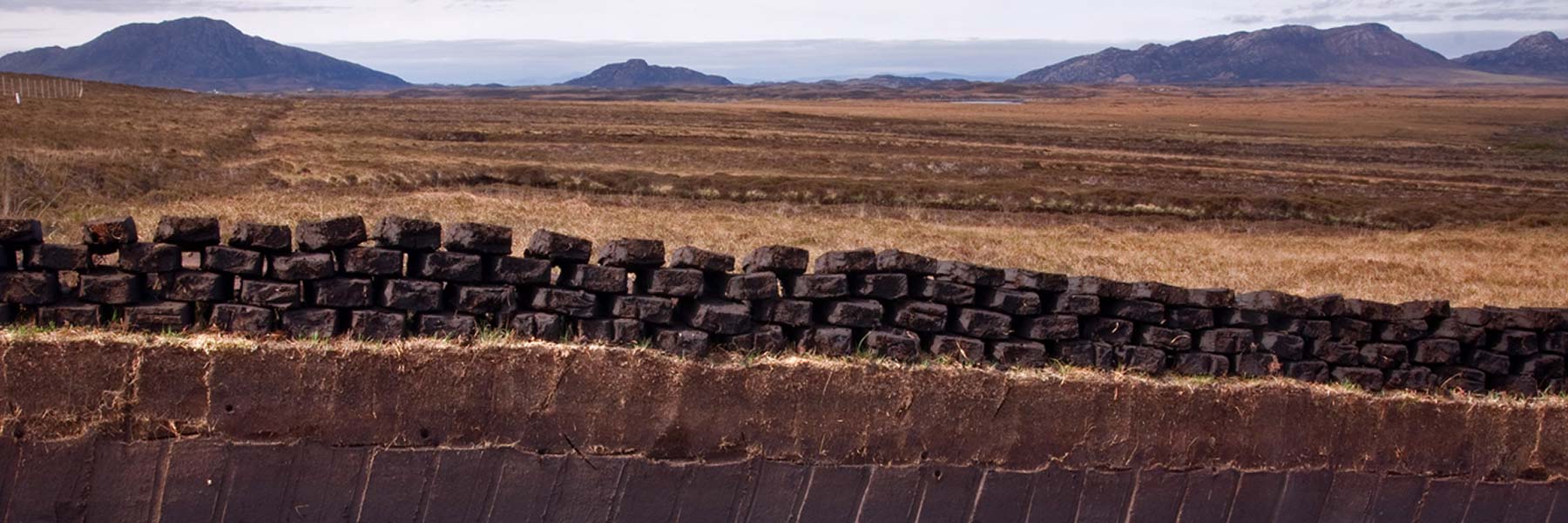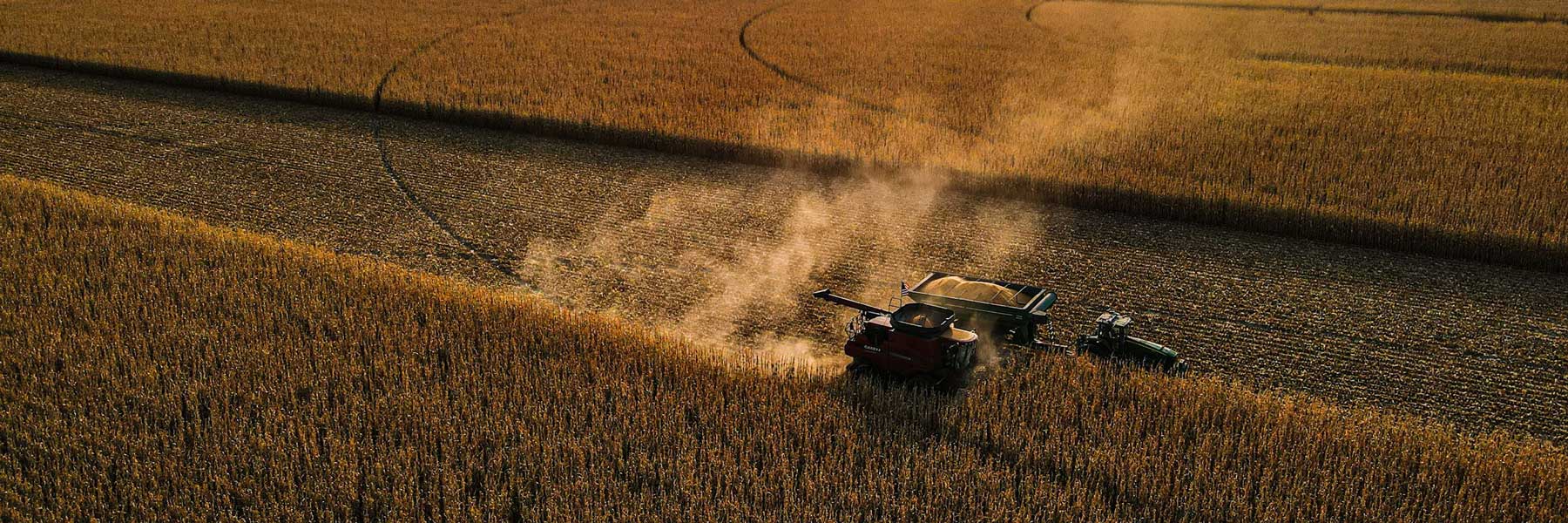Nosing Whiskey: Tips and Techniques
Have you ever watched a whisky connoisseur swirl their glass, stick their nose in, and wax poetic about aromas of leather, tobacco, and hints of vanilla? If you’re new to the world of whisky, this might seem a bit intimidating or even pretentious. But I’m here to let you in on a secret: nosing whisky isn’t just for the experts. It’s a skill anyone can learn, and it’s the key to unlocking a whole new level of whisky enjoyment.
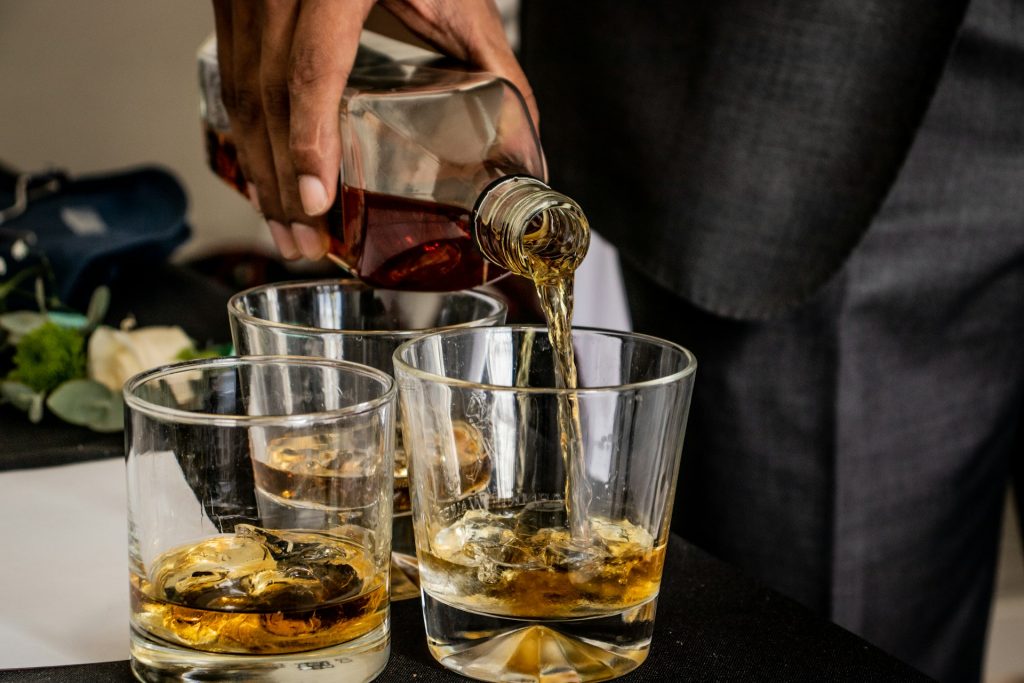
Why Nose Whisky?
Before we dive into the how, let’s talk about the why. You might be wondering, “Why can’t I just drink the whisky? Why all this fuss about smelling it?”
Well, here’s the thing: a significant part of what we perceive as taste actually comes from our sense of smell. When you nose a whisky, you’re picking up on subtle aromas that you might miss if you went straight to tasting. These aromas can give you clues about the whisky’s character, how it was made, and what flavors you might expect when you taste it.
Setting the Stage
Before we get into the nitty-gritty of nosing techniques, let’s talk about setting yourself up for success:
Choose the Right Glass
The glass you use can make a big difference in your nosing experience. The ideal whisky glass has a tulip shape, like the Glencairn glass. This shape concentrates the aromas at the top of the glass, making them easier to detect. If you don’t have a specialized whisky glass, don’t worry. A small wine glass or even a rocks glass will do.
The Right Environment
Try to nose your whisky in a neutral environment. Strong smells around you (like food cooking or scented candles) can interfere with your ability to pick up the whisky’s aromas.
Temperature Matters
Whisky is best nosed at room temperature, around 15-18°C (60-65°F). If your whisky’s too cold, you won’t pick up as many aromas. Too warm, and the alcohol smell might overpower everything else.
Nosing Techniques
Now, let’s get into the actual techniques for nosing whisky:
The Distant Approach
Start with your nose about 6 inches away from the glass. Slowly move the glass towards your nose, sniffing gently. This allows you to pick up the lighter, more delicate aromas first, before the stronger scents take over.
As you bring the glass closer, you might notice how the aromas change. The first whiffs might be light and ethereal, while closer sniffs reveal deeper, richer scents.
The Short Sniff
Once the glass is closer to your nose, take a series of short, gentle sniffs rather than one long inhale. This helps prevent your nose from getting overwhelmed by the alcohol.
Think of it like you’re delicately sniffing a flower, not trying to inhale the whole bouquet at once. These short sniffs allow you to pick up different aromas with each inhale.
The Mouth-Breathing Technique
Try breathing through your mouth while you nose the whisky. This might feel a bit odd at first, but it can help reduce the sting of alcohol and allow you to pick up more subtle aromas.
To do this, part your lips slightly and breathe normally. As you inhale through your mouth, you’ll also be drawing air (and whisky aromas) in through your nose.
The Swirl
Gently swirl the whisky in the glass before nosing. This coats the sides of the glass and increases the surface area of the whisky, releasing more aromas.
Don’t swirl too vigorously – a gentle rotation of the wrist is all you need. After swirling, let the whisky settle for a moment before nosing again. You might notice new aromas that weren’t present before.
The Kentucky Chew
This technique, borrowed from bourbon tasters, involves taking a small sip of whisky, swishing it around your mouth, then exhaling gently through your nose after swallowing. This allows you to pick up retronasal aromas – scents detected when air passes from your mouth to your nose via the back of your throat.
The Kentucky Chew can reveal aromas that you might not pick up from just nosing the glass. It’s like a preview of how the whisky’s aroma and flavor interact.
What to Look For
When you’re nosing whisky, there’s no right or wrong answer. Everyone’s sense of smell is different, and we all have different associations with various scents. That said, here are some common aroma categories you might encounter:
Fruity Notes
These can range from fresh fruits (apples, pears, citrus) to dried fruits (raisins, figs) or even tropical fruits (pineapple, banana). The type of fruit you smell can give you clues about the whisky’s production. For example, sherry cask-aged whiskies often have dried fruit notes.
Floral Notes
Think of flowers like heather, rose, or violets. Floral notes are often found in lighter whiskies, particularly from the Lowland or Speyside regions of Scotland.
Woody Notes
Oak is common, given that whisky is aged in wooden barrels. You might also detect cedar, pine, or even pencil shavings. The intensity of woody notes can give you an idea of how long the whisky was aged.
Spicy Notes
Cinnamon, nutmeg, black pepper, or ginger are common spicy notes in whisky. These often come from the interaction between the spirit and the wood of the cask during aging.
Sweet Notes
Vanilla, caramel, honey, or butterscotch are frequent sweet aromas in whisky. Vanilla and caramel notes often come from the American oak barrels used in aging.
Grain Notes
Sometimes you can smell the grains used to make the whisky – malted barley, corn, or rye. This can give you clues about the type of whisky you’re nosing.
Smoky Notes
Especially in peated whiskies, you might detect smoke, ash, or even medicinal notes like TCP (a type of antiseptic). The intensity of smokiness can vary greatly between different whiskies.
Other Notes
The world of whisky aromas is vast. You might pick up on leather, tobacco, nuts, chocolate, coffee, or even more unusual notes like rubber or seaweed. Don’t be afraid to name what you smell, even if it seems odd – there are no wrong answers in whisky nosing!
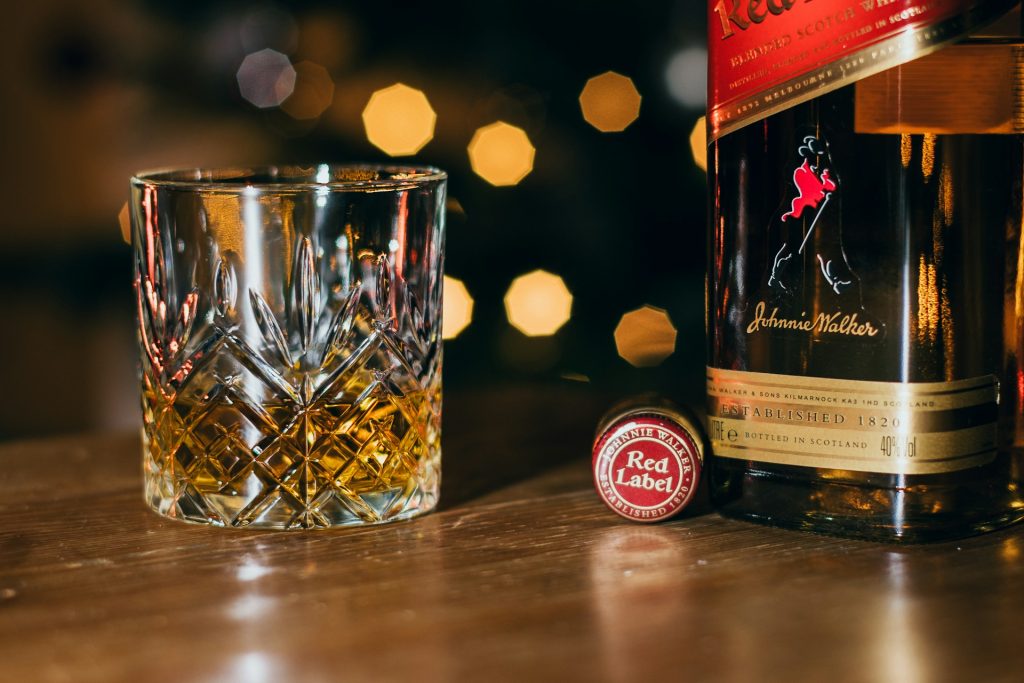
Developing Your Nosing Skills
Like any skill, your ability to nose whisky will improve with practice. Here are some tips to help you along:
Keep a Nosing Journal
Write down what you smell in each whisky you try. Over time, you’ll start to see patterns and develop a vocabulary for describing what you’re experiencing. Don’t worry about sounding fancy – use words that make sense to you.
Try Blind Nosing
Have a friend pour you a whisky without telling you what it is. This can help you focus on the aromas without being influenced by what you think you “should” be smelling based on the label.
Compare and Contrast
Try nosing two different whiskies side by side. This can help you pick up on subtle differences between them. For example, try comparing a Highland and an Islay Scotch, or a bourbon and a rye whiskey.
Practice With Familiar Scents
Smell things in your everyday life more consciously – fruits, spices, flowers, etc. This can help you build a mental library of scents to reference when you’re nosing whisky.
Be Patient
Don’t get frustrated if you can’t pick up specific aromas at first. Your nose will become more sensitive with practice. Remember, the goal is to enjoy the experience, not to become a super-taster overnight.
Common Nosing Mistakes to Avoid
As you’re developing your nosing skills, watch out for these common pitfalls:
Nosing Too Deeply
Sticking your nose too far into the glass can overwhelm your sense of smell with alcohol fumes. Keep your nose just at the rim of the glass. If you feel a burning sensation in your nose, you’re too close!
Nosing for Too Long
Your nose can get fatigued if you keep smelling the same thing for too long. Take breaks between sniffs. If you’re nosing multiple whiskies, consider sniffing some coffee beans in between to “reset” your nose.
Swirling Too Vigorously
A gentle swirl is enough. Too much agitation can release too much alcohol vapor, overwhelming the other aromas. Think of it as coaxing the aromas out, not shaking them loose.
Wearing Strong Scents
Perfume, cologne, or even strongly scented hand lotion can interfere with your ability to smell the whisky accurately. When you’re planning a serious nosing session, it’s best to go fragrance-free.
Rushing
Take your time. Nosing whisky is about enjoyment, not speed. Allow yourself to really explore the aromas. Sometimes, you’ll pick up new scents several minutes after you’ve started nosing.
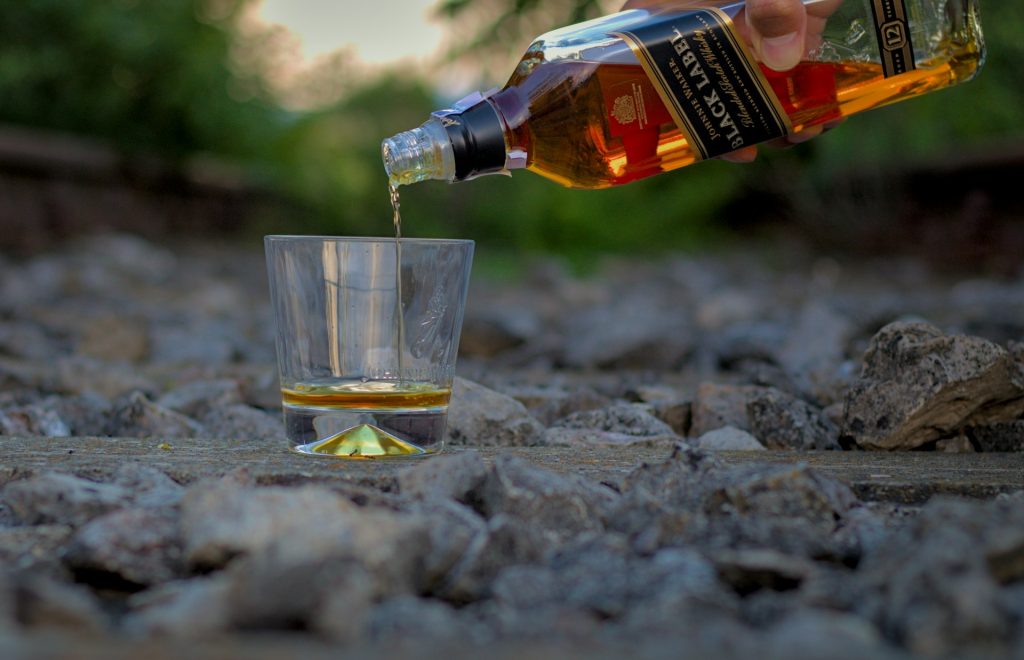
The Connection Between Nosing and Tasting
While this article is focused on nosing, it’s worth mentioning how closely linked nosing and tasting are. What you smell in a whisky often translates to what you taste. If you pick up vanilla and cinnamon on the nose, chances are you’ll taste those flavors too.
That said, sometimes the palate can surprise you. You might smell smoke but taste sweetness, or vice versa. This interplay between nose and palate is part of what makes whisky tasting so interesting.
Remember, nosing is just the prelude to tasting. It sets the stage for what you’re about to experience on your palate. By taking the time to really nose your whisky, you’re preparing your taste buds for the flavors to come.
FAQ:
1. Can the shape of the glass really make that much difference?
Yes, it can! A proper whisky glass can concentrate aromas, making them easier to detect. But don’t let not having the “right” glass stop you from enjoying whisky. Any glass is better than no glass!
2. How long should I spend nosing a whisky?
There’s no set time. Take as long as you like, but remember to take breaks to avoid nose fatigue. Some people spend just a few seconds, others several minutes. It’s all about what enhances your enjoyment.
3. Is it normal for the alcohol smell to be overwhelming at first?
Yes, especially with higher proof whiskies. Try the distant approach technique or adding a drop of water to help open up the other aromas. Over time, you’ll learn to “look past” the alcohol to detect the other scents.
4. Can nosing whisky help me taste it better?
Absolutely! A significant part of what we perceive as taste actually comes from our sense of smell. By nosing your whisky thoroughly, you’re preparing your brain for the flavors you’re about to experience.
5. Do I need to swirl the whisky before nosing?
A gentle swirl can help release aromas, but it’s not strictly necessary. Experiment and see what works best for you. Some whiskies benefit from a swirl, while others are best approached more gently.
Summary
- Nosing is a crucial part of the whisky experience, allowing you to pick up subtle aromas you might miss by taste alone.
- The right glass and environment can enhance your nosing experience.
- Your nosing skills will improve with practice. Keep a journal, try blind nosing, and compare different whiskies.
- What you smell often relates to what you’ll taste, but be prepared for surprises.
- Most importantly, there’s no “right” or “wrong” way to nose whisky. Trust your own senses and enjoy the experience.


